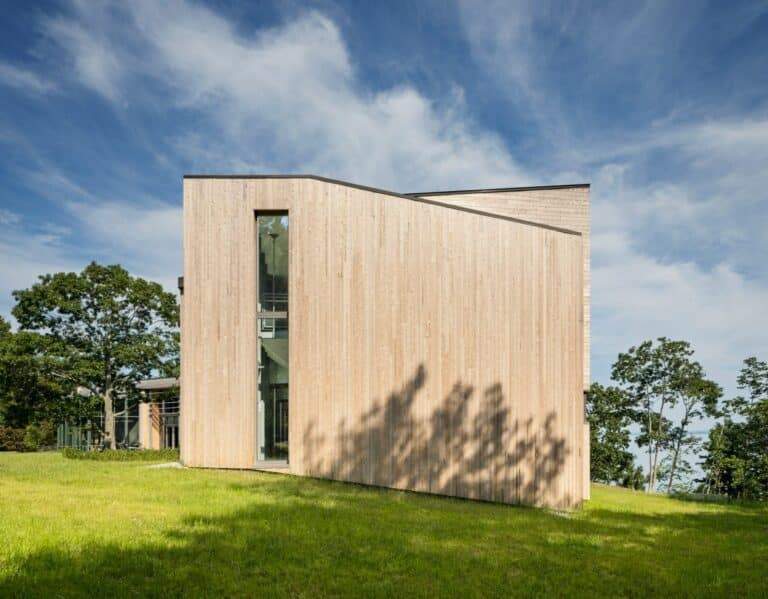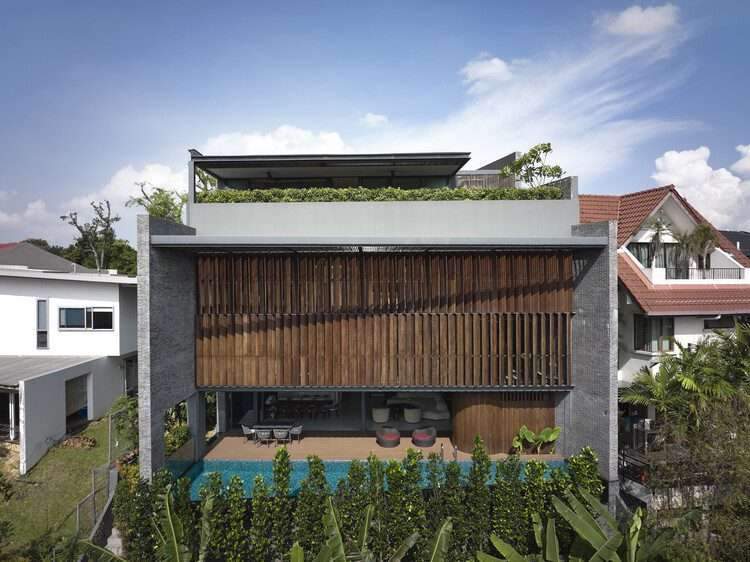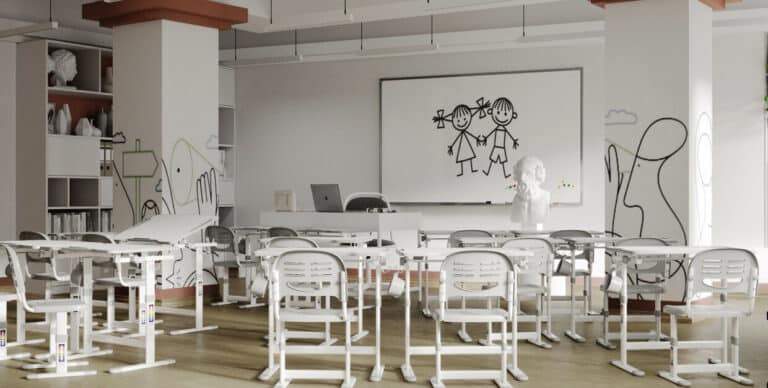Introduction
In architectural design, concepts that challenge traditional norms of gravity and functionality often redefine creativity. One such concept is “inverted spaces,” where the most captivating part of a structure is positioned at the base rather than the top. This approach, known as Inverted Architectural Design, transforms how humans interact with built environments, merging aesthetics with unconventional spatial logic. This article explores the principles of inverted spaces, their impact on modern design, the role of technology in their realization, and the challenges they pose.

1. Defying Norms: How Inverted Spaces Redefine Design
Traditional architecture prioritizes upward expansion, such as high-rise buildings or elevated floors. In contrast, inverted spaces invert this logic, placing emphasis on a suspended lower level that appears to float near water or blend with the sky. This Inverted Architectural Design technique has key features including:
- Visual Gravity Play : Curved forms and sloped ceilings create optical illusions, making the lower level feel dominant.
- Environmental Integration : Natural elements like waves or clouds become part of the spatial experience in Inverted Architectural Design.
2. Inverted Design: Art or Engineering?
Achieving inverted spaces requires balancing advanced engineering with human creativity. Critical components of Inverted Architectural Design include:
- Computational Simulation : Testing structural stability and balance through software.
- Lightweight Materials : Use of reinforced concrete, fiberglass, or carbon composites to reduce weight.
- Generative AI : Algorithms explore unconventional shapes and optimise layouts.

The table below contrasts traditional and inverted design approaches:
| Element | Traditional Design | Inverted Design |
|---|---|---|
| Focal Point | Upper floors | Suspended base |
| Engineering Challenge | Vertical load distribution | Resisting lateral forces |
| Environmental Interaction | Isolation from elements | Immersion in natural surroundings |
3. Technology and Collaboration: Human-AI Synergy
The success of inverted spaces hinges on integrating human ingenuity with artificial intelligence. Inverted Architectural Design particularly benefits from:
- Data Analysis : Understanding user behaviour and spatial interactions.
- 3D Modelling : Simulating user experiences before physical construction.
4. Practical Challenges and Future Questions
Despite their visual appeal, inverted spaces face hurdles. Inverted Architectural Design, in particular, contends with:
- High Costs : Specialised materials and technologies increase expenses.
- Structural Safety : Ensuring stability in disaster-prone areas (e.g., earthquakes).
- Social Acceptance : Will users adapt to counterintuitive spatial layouts?

Frequently Asked Questions (FAQ)
Q: How do inverted spaces maintain stability?
A: They rely on angled supports, hidden steel cables, and vibration-dampening materials to counterbalance forces in Inverted Architectural Design.
Q: Are inverted spaces eco-friendly?
A: Sustainability depends on material choices. Some designs incorporate tidal energy or solar panels integrated into structures as part of Inverted Architectural Design.
Q: Can inverted spaces be built in cities?
A: Theoretically yes, but they require large plots and updates to local building codes.
Article Summary Table
| Topic | Details |
|---|---|
| Core Concept | Inverted spaces prioritise lower-level design over traditional verticality. |
| Key Technologies | Advanced engineering, lightweight materials, AI-driven design tools. |
| Challenges | High costs, structural risks, user adaptation. |
| Future Applications | Cultural landmarks, coastal resorts, human-environment interaction research. |

Conclusion
Inverted Architectural Design exemplifies architecture’s power to challenge physical and societal norms. As technology evolves, these designs could revolutionise how we perceive and interact with built environments, blending art, engineering, and nature into functional art forms.







